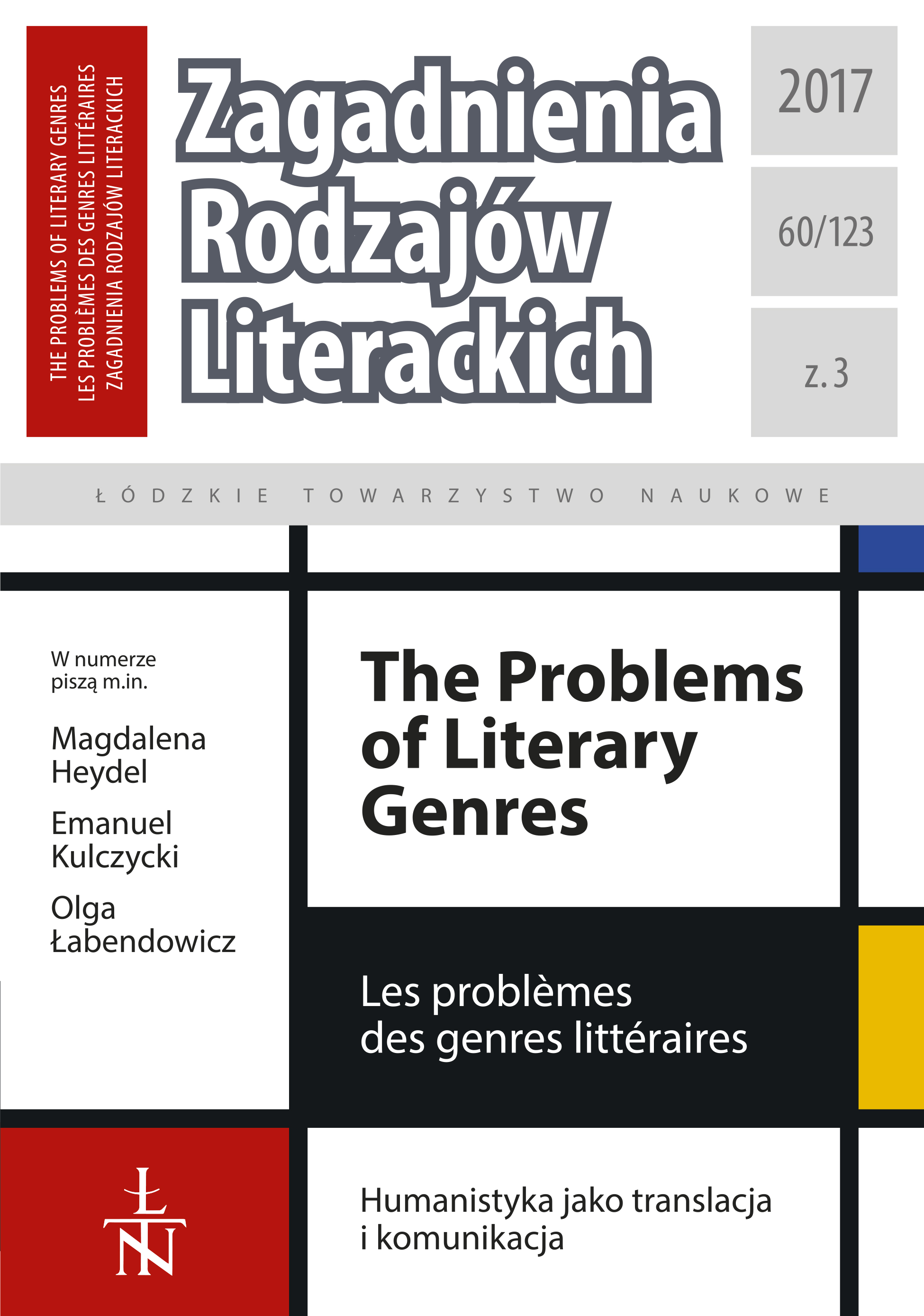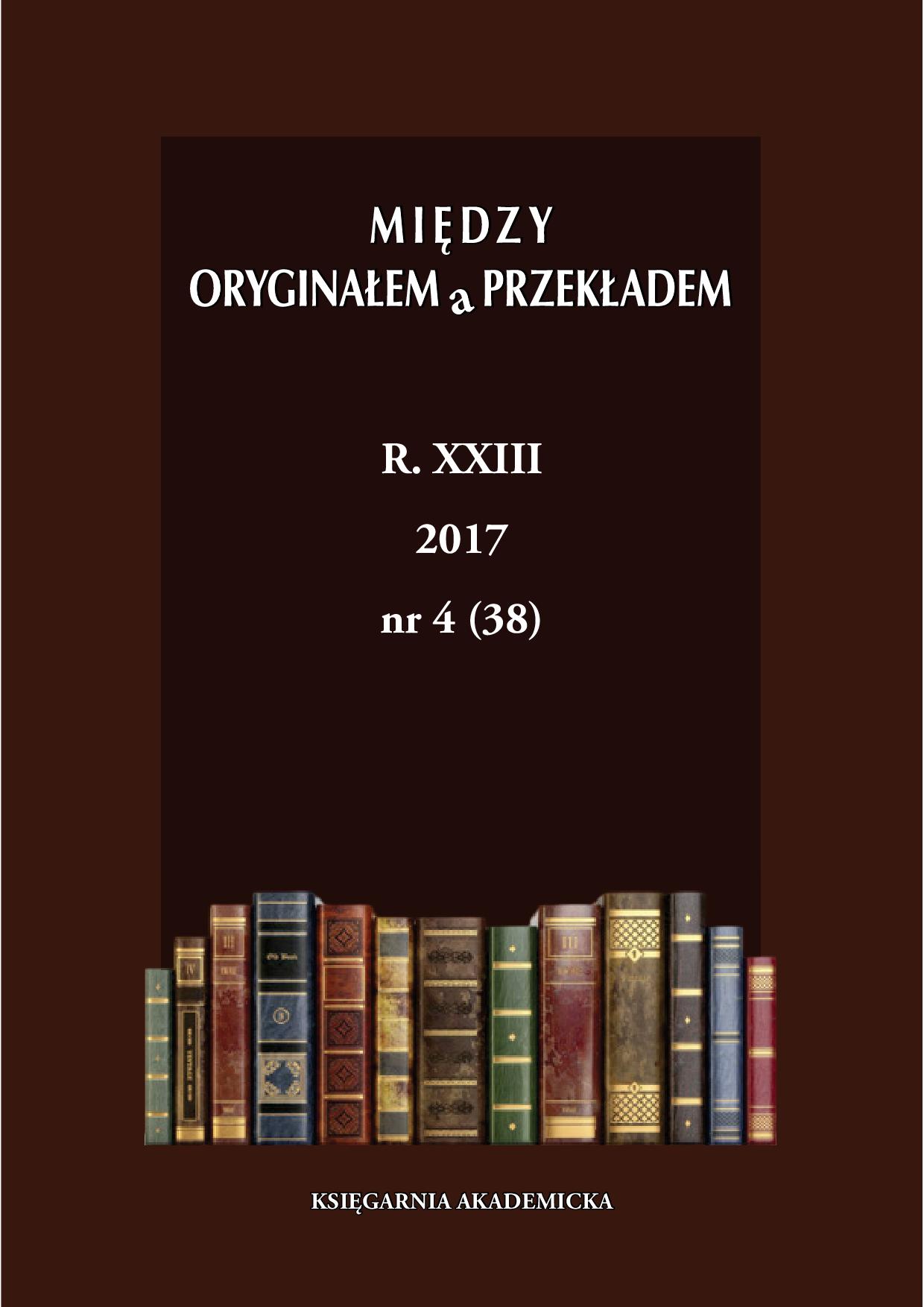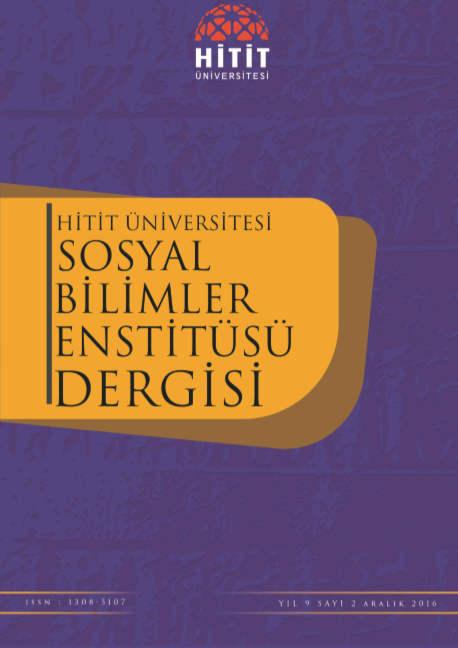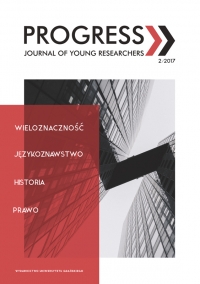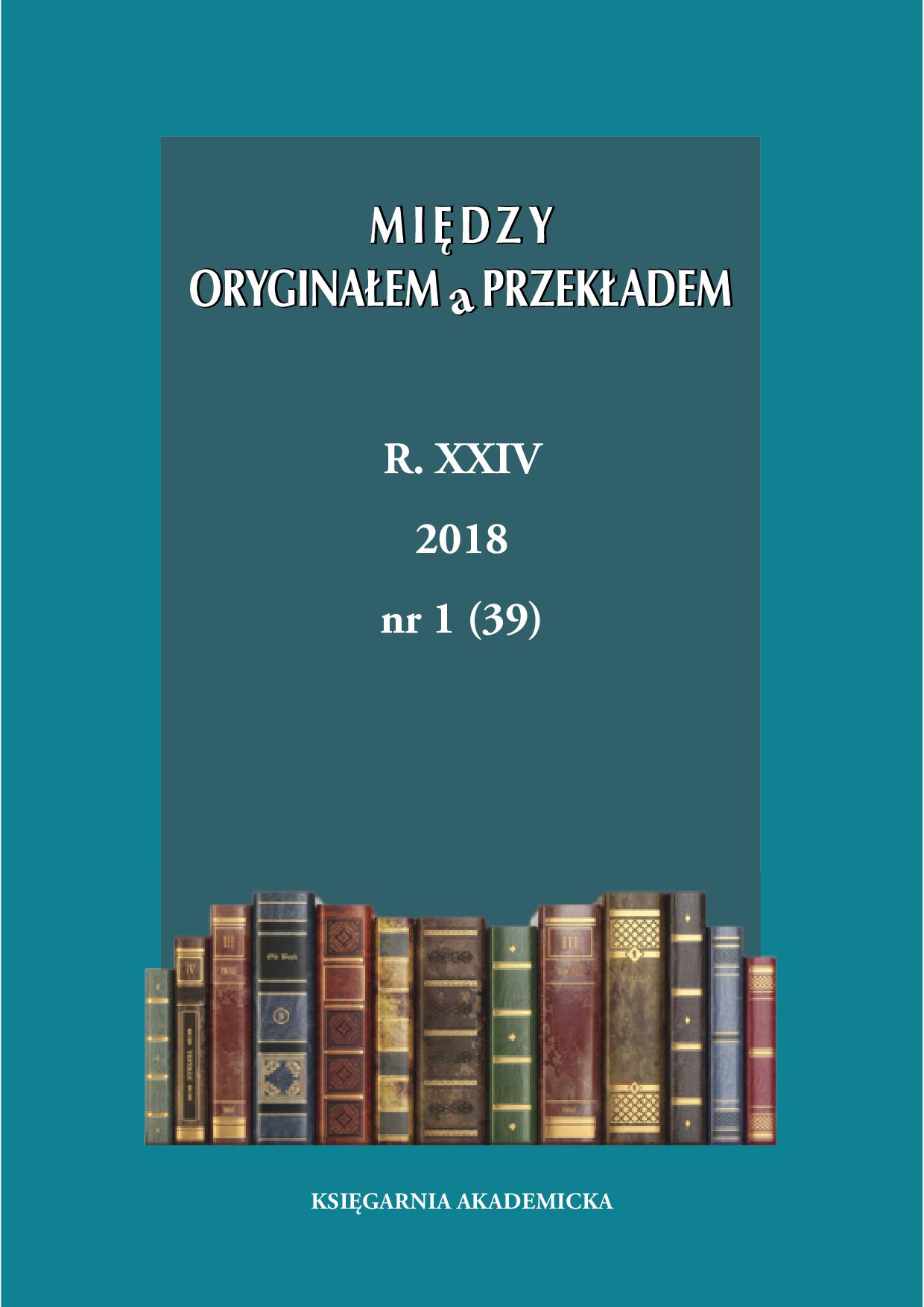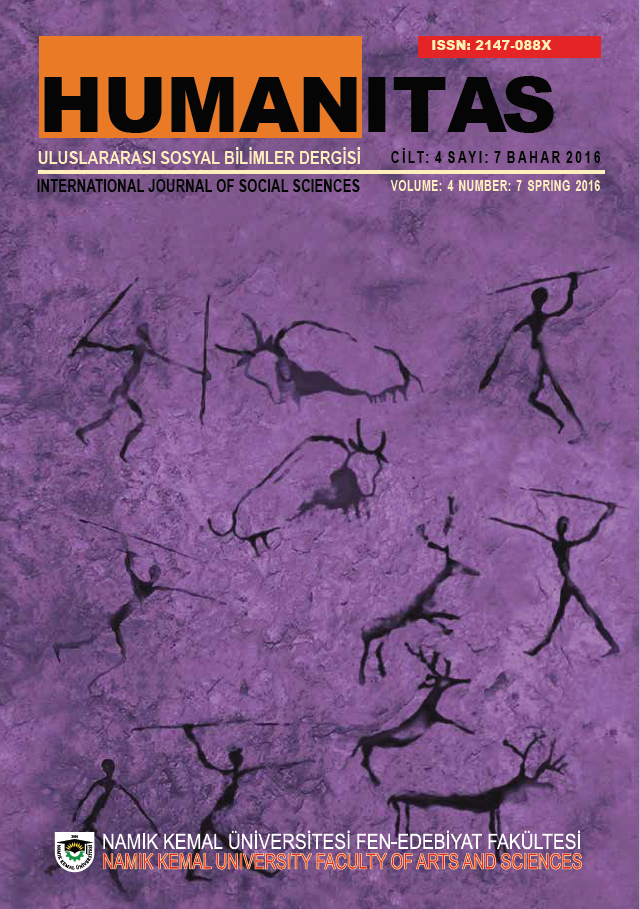
THINKING ABOUT A PROSPECTIVE METHOD OF TRANSLATION CRITICISM UPON AN ANALYSIS OF BERMAN’S TOWARD A TRANSLATION CRITICISM: JOHN DONNE
What kind of method do we need in translation studies to make the proper criticism of any kind of translation or literary translations? As researchers, we have been searching for a satisfying answer to this question throughout the centuries. Carol Maier (1998, p. 205) who mentions how the concept of “criticism” is approached within historical periods, referring to the work of other researchers, explains the difference between the “reviewer” and the “critic” as such: “The reviewer alerts a reader to new books, describing them and passing judgement as to whether they are worth reading and buying; the critic addresses books that may or may not be new, considering them in detail and usually assuming a reader’s familiarity with them”.
More...
